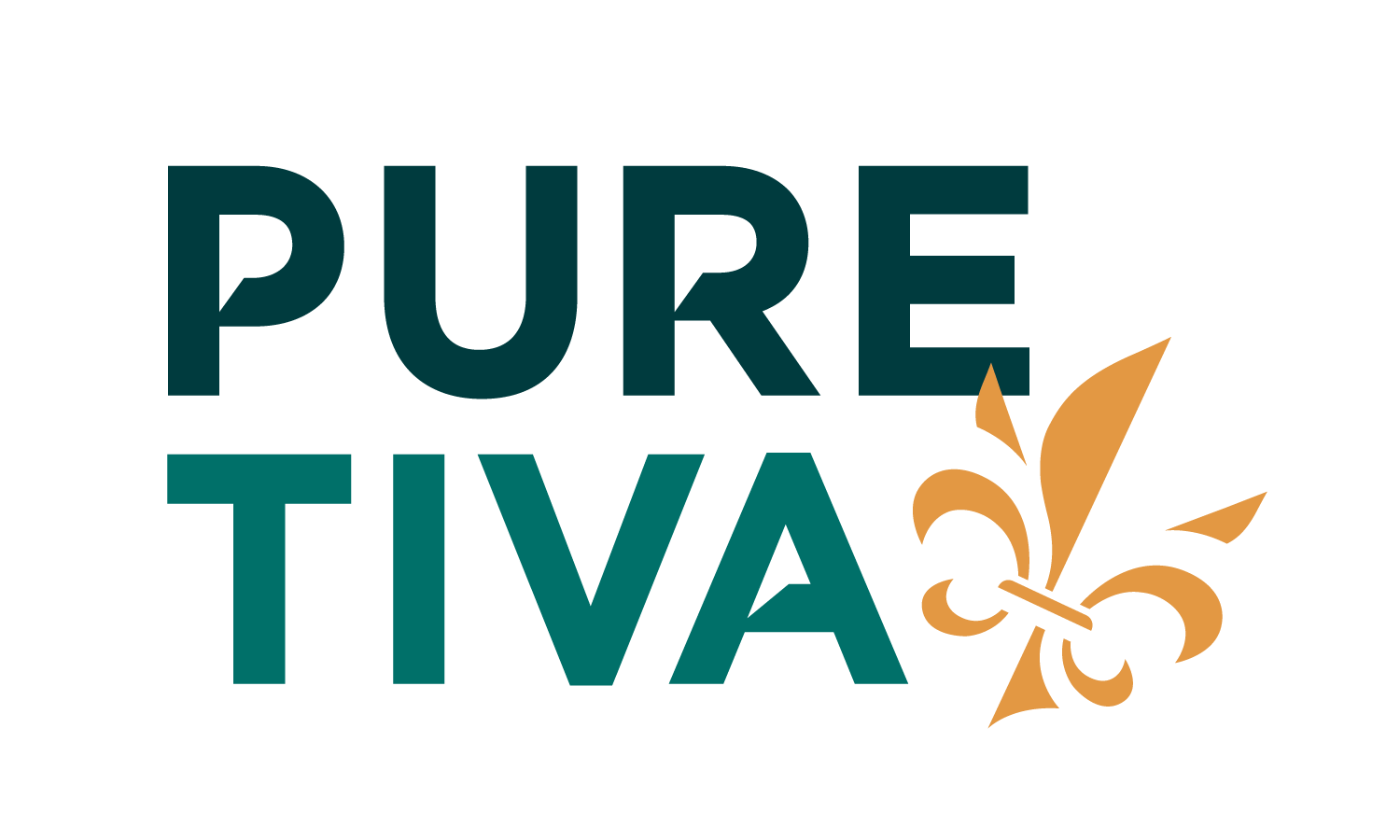
02 Sep Magnesium for Muscle Recovery
How It Works & How to Use It
When talking about muscle recovery, several options exist. Giving the muscle adequate time to rest between exercise sessions is the most basic. Other remedies involve ensuring that the muscles have the right nutrients. This helps them recover faster and better. It’s also where magnesium comes in.
Magnesium’s Role in Muscle Recovery
Magnesium (Mg) is a nutrient connected to many health benefits. One that may matter most to your clients is the way it supports healthy muscle function. It works, in part, by blocking calcium uptake. This helps the muscles better relax after contracting during a tough workout.
Imagine what your post-workout recovery would look like if your muscles stayed contracted. Not only would it be difficult to function in everyday life, but you’d also likely be in some pain.
Research reveals that having adequate magnesium levels can even improve exercise performance. These improvements generally show up via increased strength and power. They can also include improvements related to extension, flexion, rotation, and jumping.
This research shares that magnesium offers other health benefits too. It notes that, for older women, “Mg supplementation could improve gait speed and chair stand time.” Thus, getting enough magnesium is important to everyday function. This is on top of its support of exercise recovery.
Another notable magnesium muscle recovery benefit is how it impacts other nutrients. For example, magnesium activates vitamin D. Low vitamin D levels can cause muscle weakness and pain. If these low levels remain, muscle mass can decline, along with an athlete’s performance.
In this way, having adequate magnesium levels supports healthier levels of other vitamins. It ensures that the body has the nutrients it needs. This enhances muscle function and recovery even more.
Magnesium Intake and Deficiency Prevalence
With so many food choices available today, it may be hard to believe that vitamin or mineral deficiency is possible. Yet, the data shares that, when it comes to magnesium, is it more than possible. It is actually probable.
The Office of Dietary Supplements (ODS) reports that 48% of Americans have a low magnesium intake. Additionally, low intake levels are more common among certain populations. This includes men 71-years-old and older, while also being low in teens.
Fortunately, our kidneys are good at controlling magnesium levels. It does this by dictating the amount of magnesium released in our urine. As a result, magnesium deficiency is not very common, even with low intakes. Though, some people are more at risk of a magnesium deficiency. This includes those with gastrointestinal disorders. Individuals with type 2 diabetes or abnormal kidney function are at risk too.
Magnesium deficiency may also occur due to prescription medications. One study reports that diuretics and proton-pump inhibitors are among the most problematic. The ODS adds that antibiotics can be an issue too. Chronic alcoholism can also lead to being magnesium deficient.
Signs of Low Magnesium Levels
How can you tell if your magnesium level is low enough where it may be an issue? A few of the most common signs, ranging from least to most severe, include:
• reduced appetite
• nausea or vomiting
• fatigue or general weakness
• numbness or tingling
• muscle cramps
• muscle soreness
• seizures
• irregular heartbeat
In severe cases, magnesium deficiency can also lead to low levels of other nutrients. Calcium and potassium are two. This throws the body’s balance off even more and can cause additional issues. The body doesn’t get what it needs to effectively function
Increasing Magnesium for Muscle Recovery Enhancement
A blood test can help reveal low magnesium levels. This is often referred to as a total serum magnesium test. It may a part of an annual physical or a doctor can request it on its own.
Once low levels are found, the easiest way to increase your magnesium intake is with diet. Foods that are high in magnesium include pumpkin seeds and spinach. Nuts such as almonds, cashews, and peanuts are also rich in this nutrient.
Another option is to use transdermal magnesium remedies. A well-known example of this is an Epsom salt bath. Epsom salt contains magnesium sulfate. Many people use it to speed up healing, as well as providing pain relief. In addition to easing sore muscles, the Cleveland Clinic says that Epsom salt also provides mental health benefits. Namely, it helps reduce stress, anxiety, and depression.
For a more specific application, topical magnesium may be a better choice. This enables you to apply it directly to the muscle cramp, for instance. This type of product may be in the form of magnesium oil, cream, gel, or balm.
Depending on how low your levels are, magnesium supplementation may be suggested. And you have quite a few options in this regard.
Best Types of Magnesium for Easing Muscle Tension
When learning the nutrients our body needs, we’re often told about magnesium. What we aren’t generally told is that there are many different types.
This makes the issue of taking a magnesium supplement a bit more complex. So, what are the available options and, of them, which may be best for muscle recovery? There are three.
• Magnesium sulfate. This is the king of magnesium for muscle recovery. One study even reports that it even stops the body’s natural shiver response when coming out of anesthesia. That’s how good it works.
• Magnesium chloride. One of the benefits of magnesium chloride is that it is the easiest form to find. On an interesting side note, a 2008 study found that magnesium chloride even relaxes rock oysters. (If you’ve ever tried to shuck oysters, you know how strong their contractions can be!)
• Magnesium citrate. This form of magnesium digests the easiest. That makes it
preferential if your levels are low due to absorption issues.
Other types of magnesium provide different, yet still valuable benefits. For instance, magnesium glycinate assists with stress management. Magnesium malate helps with blood sugar control.
Magnesium taurate can help reduce high blood pressure.
Tips for Safe Magnesium Supplementation
Safe magnesium supplementation involves following a few basic guidelines.
First, stay away from products that provide a higher-than-needed dosage of magnesium. The ODS indicates that, when taking a magnesium supplement, it should not exceed 350 mg. Taking more than this increases your risk of diarrhea, nausea, and abdominal cramping.
Additionally, certain types of magnesium are more likely to produce negative effects. They are magnesium carbonate, magnesium chloride, magnesium gluconate, and magnesium oxide.
If you’re taking other medications, check with your doctor before taking supplemental magnesium. This helps ensure that it won’t interfere with other medical treatments. Your doctor may also offer suggestions on how much magnesium to take. This may vary based on your health and current magnesium levels.
The ISSA’s Nutritionist certification course offers even more tips. Use these to help clients improve muscle recovery with diet and supplementation. It also provides custom assessment forms and worksheets you can use in your fitness business.

